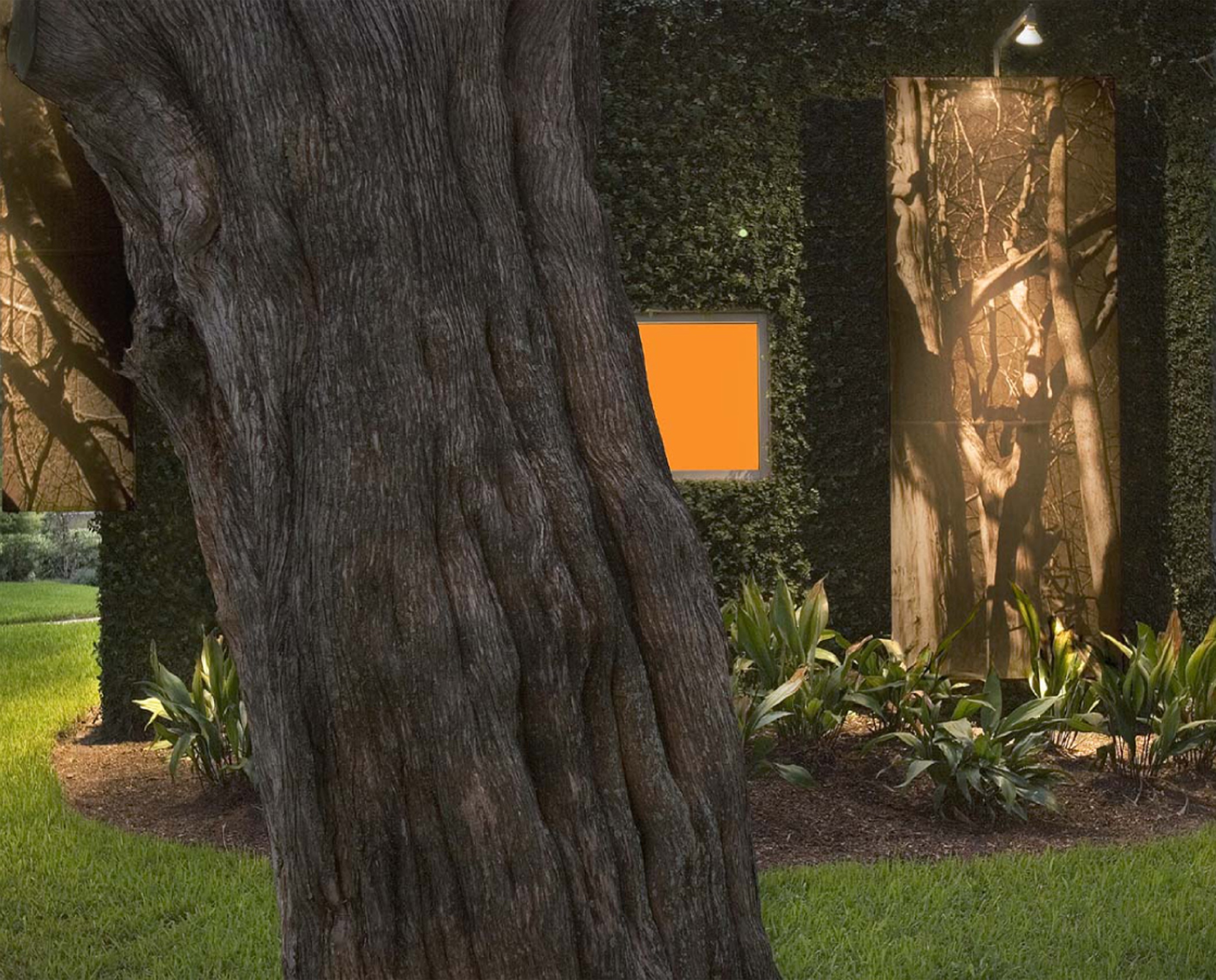
The freedom to “think as you will and speak as you think” is a foundational idea in the United States. This right was codified and established in 1789 when the First Amendment to the Constitution was signed into law. Many don’t consider this, but art is afforded considerable protection under the First Amendment as free speech. In the years after the amendment’s passage, the courts have addressed several issues concerning the protection of artistic expression. The protection provided by the First Amendment is from government action or censorship and does not keep individuals or private companies from limiting artistic endeavors.
Art that is political in nature and has expressive content has a greater likelihood of being protected under this amendment. So a painting lampooning a political figure would garner more protection than, say, a piece of jewelry or perhaps a work of architecture.
There are many gray areas that the court considers when they extend protections to artistic expression. These questions are not only interesting as a legal matter but reveal a great deal about how our society defines and views art. One basic question is: Should protections be extended to art intended to entertain rather than inform or when its primary purpose is to make money? For example, a nude theater performer would likely be extended more protections than a topless dancer at a bar. These deliberations may seem obscure and detached from the everyday life of an artist, but it represents a struggle to understand the essential nature of art. Is art primarily a form of entertainment or intended to inform?
Does commercial intent or financial gain in anyway diminish the expressive nature of art? Like any right or protection there must be a degree of awareness and vigilance regarding the nature of art and its role in society.
The image here shows the exterior of a house I designed that was featured in the March 2007 issue of Dwell magazine. The project took a forgotten strip of land that backed up to the interstate and transformed it into a dynamic work/live environment. One innovative feature of the home was a series of billboard-like structures that supported graphics along its façade. The images on these structures can be switched out to dramatically alter the building’s expression. I thought of it like clothing for the home. It is interesting to note that if I was not an artist or the images were commercial in nature the regulations governing signage and outdoor advertising would have made this move impossible. It was considered an art installation and was therefore protected under the First Amendment of our Constitution.
